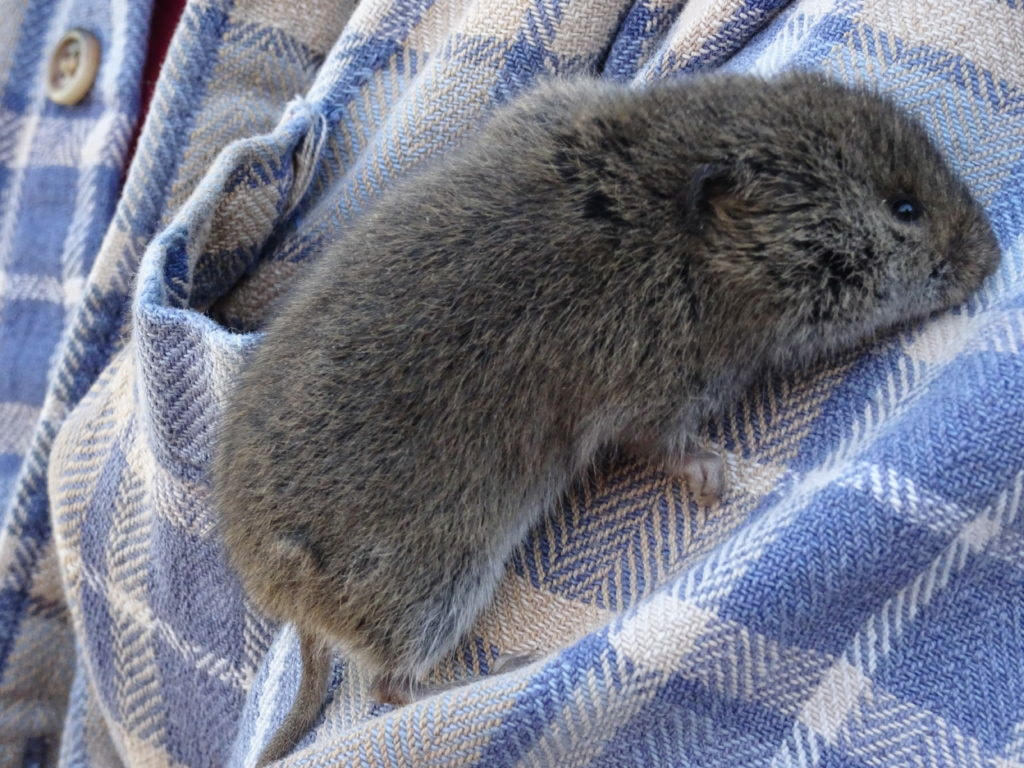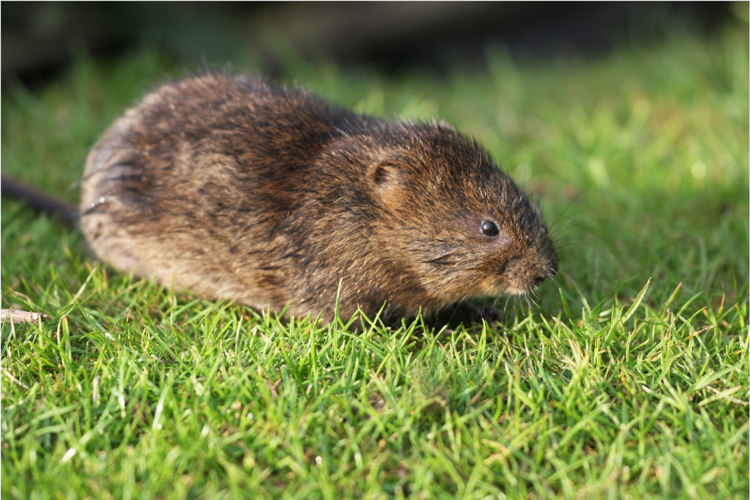Professional Approaches for Vole Control and Avoidance
Professional Approaches for Vole Control and Avoidance
Blog Article
Comprehensive Guide to Efficient Vole Pest Control: Problem Identification and Therapy Approaches
In the world of efficient insect control, vole invasions position an unique obstacle that demands a calculated technique. These small rodents, commonly mistaken for mice, can damage yards, grass, and plants if left untreated. Identifying the indicators of vole visibility and implementing targeted therapy techniques are necessary parts of an effective pest monitoring strategy. By checking out the nuances of vole habits, recognizing crucial indications of invasion, and examining a series of control options, one can create a comprehensive method to fight these elusive insects.
Recognizing Vole Habits
Vole habits is characterized by their tunneling practices and quick reproduction rates, making them a difficult pest to regulate properly. Their fast reproductive rate further makes complex control efforts, with females capable of producing several clutters in a solitary year, each consisting of several children.
Understanding vole actions is vital for effective pest control approaches. By recognizing their burrow locations, keeping an eye on feeding areas, and executing targeted control techniques, such as capturing or habitat modification, vole invasions can be managed successfully.
Indicators of Vole Infestation

Prevention Strategies
Carrying out reliable avoidance strategies is essential in reducing vole invasions and securing plants from their harmful feeding behaviors (vole control utah). To avoid vole problems, it is important to begin by getting rid of prospective food sources and shelter. Maintain yard and vegetation cut short, eliminate weeds and debris, and preserve a clean yard or yard to make the area much less attractive to voles. Setting up barriers such as hardware towel or below ground secure fencing can likewise help deter voles from going into particular areas. Furthermore, lowering excess moisture by taking care of dripping pipelines and guaranteeing appropriate drain can make the atmosphere less welcoming for voles.
Routinely examining the home for indicators of vole task, such as paths and burrow openings, is crucial for early discovery and prompt activity. Consider making use of catches or repellents purposefully positioned near their paths if vole task is suspected. Employing all-natural predators like snakes or owls can also help maintain vole populations in check. By applying a mix of these prevention strategies, gardeners and home owners can successfully secure their vegetation from vole damage.
Non-Lethal Control Techniques
To effectively manage vole populations while focusing on gentle techniques, non-lethal control approaches offer practical remedies for lowering vole damages in yards and landscapes. One effective method is the usage of physical barriers such as view it hardware cloth or cord mesh to shield susceptible plants. These barriers can be hidden a minimum of 12 inches deep and bent at a 90-degree angle to stop voles from burrowing underneath. In addition, environment adjustment can discourage voles by decreasing their chosen food resources and concealing places. Keeping a well-mowed yard, removing particles, and keeping plant life cut can make the atmosphere much less enticing to voles.

Lethal Control Options
One efficient technique for addressing vole infestations in landscapes and gardens involves the strategic use lethal control choices. When confronted with an extreme vole invasion that non-lethal approaches have actually stopped working to contain, carrying out dangerous control measures becomes crucial. One commonly utilized dangerous control option is making use of snap catches. These traps are made to quickly and humanely eliminate voles upon activation, making them a prominent option for several gardeners and landscaping companies. To raise the efficiency of snap traps, it is advised to put them in locations where vole activity is high, such as along paths or near burrow entrances. One more lethal control option is the use of poisonous baits specifically formulated to target voles. These lures consist of poisonous substance that is ingested by the voles, leading to their eventual demise. Caution needs to be exercised when utilizing poisonous baits to prevent injury to non-target pets or animals. On the whole, when employing you can try this out dangerous control choices, it is vital to do so sensibly and based on neighborhood regulations to successfully manage vole invasions.
Verdict
To conclude, effective vole bug control needs an extensive understanding of vole actions, identification of indicators of infestation, application of avoidance methods, and use of both non-lethal and lethal control techniques. By incorporating these strategies, people can properly handle vole populations and secure their home from damage. It is very important to attend to vole problems immediately to avoid further concerns and lessen the influence on the surrounding environment.
Given the intricate tunnel systems and quick recreation prices characteristic of voles, acknowledging the signs of vole problem comes to be vital in reliable bug control. One of the main signs of vole visibility is the existence of surface area runways or trails in turf or snow, generally concerning 1-2 inches large, produced as voles take a trip in between their burrows and food sources.To properly take care of vole populations while prioritizing gentle techniques, non-lethal control methods use useful options for minimizing vole damages in yards and landscapes.One effective technique for attending to vole invasions in landscapes and yards involves the calculated usage of deadly control choices. vole yard damage.In final thought, effective vole bug control needs a detailed understanding of vole habits, recognition of indicators of invasion, execution of prevention strategies, and use of both dangerous and non-lethal control methods
Report this page